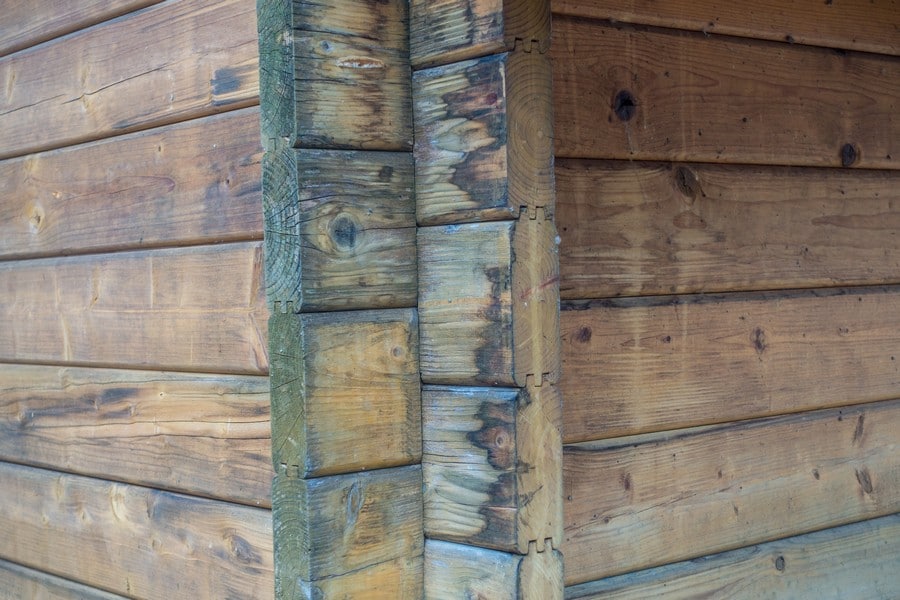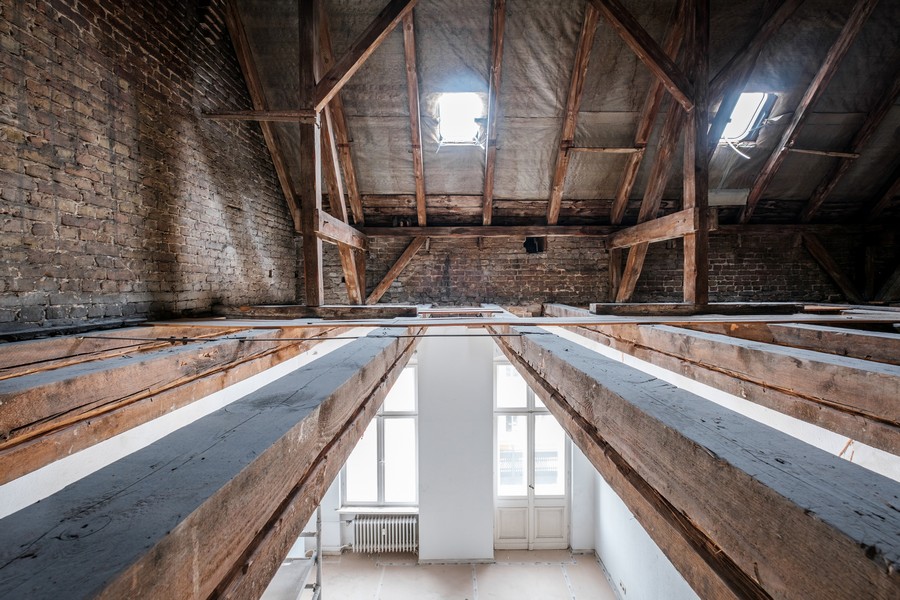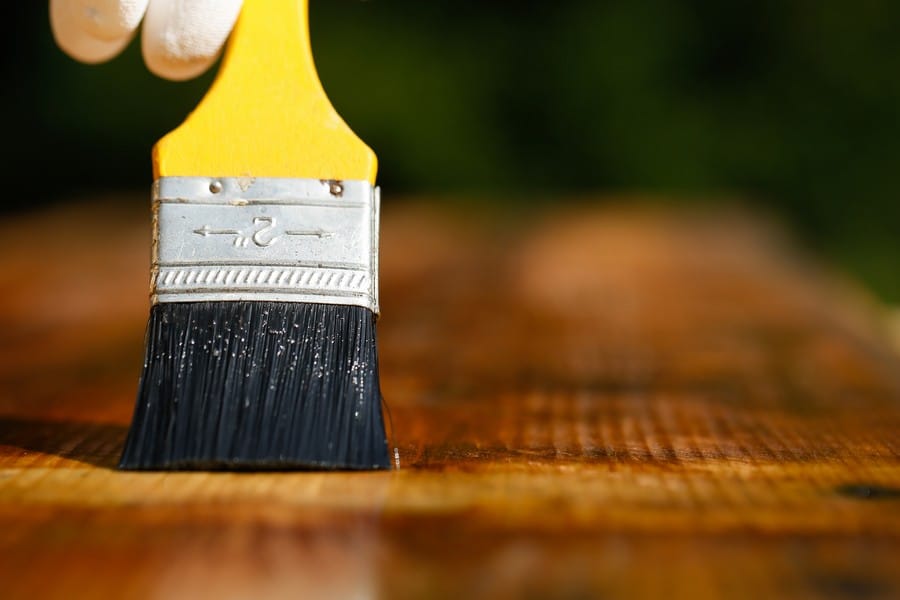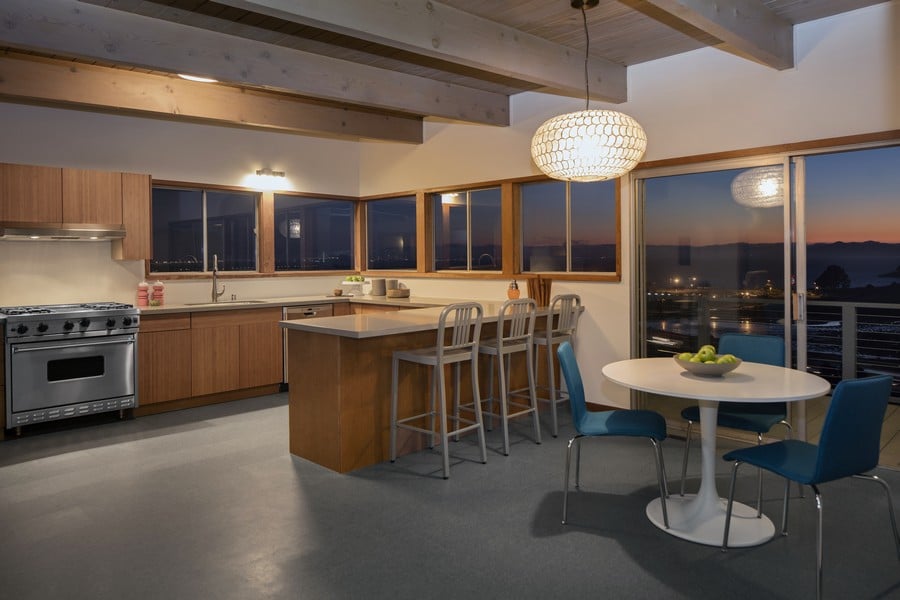Call Our Sussex Damp Experts team now for quote, consultation and advice:
Call on 01273 257 765.

The problem is exacerbated by the UK’s cold and damp climate, but building fabric also plays a role. And, while the antiquity of much of the housing stock can play a role in damp concerns, new dwellings can also be affected.
Living in a damp property is not only inconvenient, but it also poses health hazards. Mould can cause various symptoms, including nose stuffiness, wheezing, and eye or skin irritation. Moisture build-up in the home is hazardous for children, the elderly, and anyone with skin or respiratory disorders.

Damp and excessive moisture in properties and structures are the main cause for rotten wood in buildings because it creates the perfect environment for rot fungus to develop.
There are two forms of fungi: wet rot and dry rot. Wet rot and dry rot are distinguished because wet rot requires a higher moisture content to thrive. The wet rot fungus prefers to develop on wood with a high moisture content of roughly 50 per cent and above, whereas dry rot germinates at a lower moisture content of around 20 per cent to 30 per cent.
There are numerous forms of wet rot fungi, but only one type of dry rot fungus. The first step in successfully eradicating the rot epidemic is distinguishing between dry and wet rot on the affected timber.
As the name suggests, Wet rot demands a higher moisture level in the wood than dry rot. When the moisture level of the timber or other permeable surface reaches roughly 50%, wet rot occurs, although dry rot can form with as little as 20%. External leaks or water incursion from plumbing, guttering, stone pointing, or downpipes frequently result in the high amounts of moisture required for wet rot.
To prevent the recurrence of wet rot, the structure should be examined and repair any leaks before addressing the rot itself. Wet rot will stop forming once the moisture is gone. In most cases, the wood will need to be replaced in the afflicted region as well.
Dry rot, as previously stated, requires around 20% moisture content in the wood to begin growing. Dry rot, contrary to its name, does not thrive in dry environments. Dry rot is common in homes with excessive humidity and inadequate ventilation. Condensation on the windows is one early warning indicator. If you reside in a very damp or humid environment, ensure your home is well ventilated to avoid moisture build-up.
Moisture can come through a leak, just as it might from damp rot. In either situation, identifying and removing the source of the moisture is critical before treating the fungus. Dry rot is commonly found behind a wall or under floorboards, where it is hidden from view. It can cause major damage to wood and spread throughout the house if it is not detected early on.

While fungicides can be used to treat dry rot, it’s always a good idea to have a surveyor analyse the full amount of the damage. To investigate, it may be required to remove plastering. As with wet rot, you’ll almost certainly need to replace any compromised wood.
Dry rot in your home is a major problem that should be addressed as soon as feasible. It is a harmful type of rot that spreads away from the source of damp and destroys timber and other property fabric. Wet rot fungus is more common than dry rot fungus, however, it is more localised. Typically, the deterioration affects the timber closest to the source of the wet. Wet rot, on the other hand, should not be overlooked. Wet rot, if left untreated, can cause serious structural damage.
The fungus Serpula Lacrymans is the only one that causes dry rot, and it is the most dangerous type of fungal deterioration in buildings. It has the ability to spread over a whole building and destroy the structure. As previously stated, dry rot can affect any exposed timber that becomes damp with a moisture content of more than 20%, which is easily achieved in a home. Wet rot and Dry rot can be caused by faulty interior plumbing or penetrating moisture produced by faulty render, guttering, or downpipes. Because it can sprout between wall coverings and beneath flooring, wet and dry rot can inflict major damage before a homeowner is even aware of a problem.
Call Our Sussex Damp Experts team now for quote, consultation and advice:
Call on 01273 257 765.
It’s critical to distinguish between the two types since, if left untreated, they can cause serious structural problems. Wet rot fungi can infect wet wood, and the wood-rotting fungus grows by breaking down the cell walls of the wood and feasting on the nutrients. This process can be extremely damaging to the construction of your home, and untreated wet rot may cause the timber to lose its structural strength as a result.
As wet rot grows, the wood loses its strength and, in certain situations, becomes extremely dangerous, not just for specific parts of the property like window frames, doorframes and ceilings. Still, if left untreated, wet rot can compromise the entire timber structure of the building.
That’s why getting a wet rot treatment done as soon as possible is critical. If you believe you have a wood rot problem in your home, please contact us for assistance. The longer a rot problem goes untreated, the more expensive it will be to fix. You should always see a surveyor if you suspect your home has dry rot or wet rot. Call local Sussex Damp Experts’ office at 01273 257 765 for help and advice on wood rot.


The most dangerous of all the property maintenance issues that can impact your structure is dry rot. Dry rot should be diagnosed by a professional and treated as soon as possible to prevent further damage.
The following is how dry rot should be addressed:

To treat wet rot, the following steps are recommended:
Sussex Damp Experts has a large selection of goods and brands to choose from. Each situation has its unique set of requirements and limits, resulting in many potential procedures and strategies for treatments and repairs on rot damages. Wood rot should be treated by professionals as soon as any of the above symptoms occur because the longer it goes untreated, the worse it will get and the greater the risk it poses to the structural timbers that keep the house standing.
If you are concerned about wood rot, please contact our team of experts to schedule an inspection and obtain advice on the most cost-effective solutions. Because no two situations are alike, please get in touch with our team at 01273 257 765 to schedule a survey. One of our surveyors will come to your home and discuss your problems and requirements to provide you with a customised price.
Sussex Damp Experts are damp proofing specialists who can assist you with everything from surveys to treatments and repairs for wood, walls, ceilings, and floors. Commercial property owners, property management businesses, and residential property owners are among our clientele.
Our rot treatment specialists will analyse and determine the severity of the damp problem in your property. Specific damp and timber treatments and rotten timber repairs using the most effective ways to address the problem are all part of our expertise.
Our professionals have obtained the training that meets or surpasses the industry’s requirements and standards. Our surveyors are all Certified Surveyors in Remedial Treatment (CSRT), guaranteeing that our customers receive the best possible service.
The following are some of the benefits of using our services:
Call us at 01273 257 765 or email us if you are experiencing any damp problems at a property.



Max and his team have been at our property all week and I really can’t thank them enough for the fantastic job they’ve done on plastering both our walls and ceilings. They have literally transformed the appearance of our house! Not only has Ma…

From start to finish Max has been incredable. His knowledge lin damp proofing is second to none and his team where very clean and polite. The plastered finish was like glass so happy we choose Max Plastering for job.

Lovely bunch of lads left a very neat and clean job. Problem was solved.

Perfect Finnish and all left clean and tidy and no mess. Used Max previously and would not hesitate to ask him carry out more work.

Max, Harvey and Stuart arrived promptly as arranged. Done a great job on our outside rear wall. Work completed to a high standard, removal of all old material and cleaned up after themselves. I am so pleased with the standard of their work they ar…

They turned up on time and carried out the works in a very professional manor leaving the front of the house clean and tidy. Very impressed would definitely recommend.

I have to say that on every level Max (with Stuart and Harvey) did an extremely professional job! They explained what they were going to do, they were polite and courteous and respected that they were coming into our home. The plastering is of the…

I called max and he managed to come around the same day to do a survey. The next day I received an extremely detailed survey compared to any other damp proofer which made me feel very at ease that he was going to do the right job. Max and team tur…

Contact Sussex Damp Experts Now to Speak With an Expert.